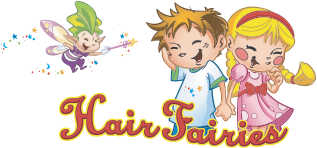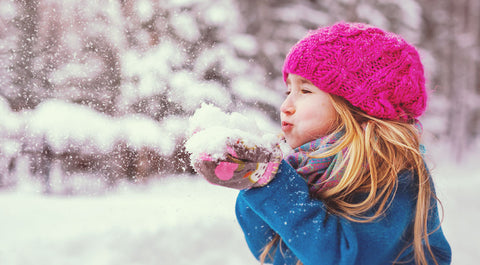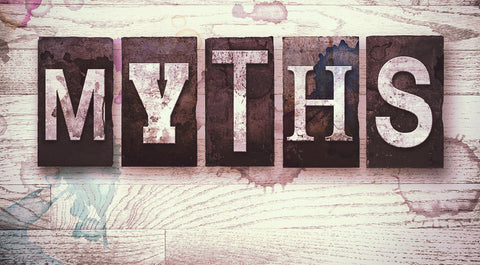When the temperature starts to dip and snow covers the ground, you may think you are safe from outdoor pests like lice. Unfortunately, that may not be the case. In fact, winter is one of the busiest seasons for hair lice because they can’t survive on their own in the extreme cold. A nice, warm head of human hair is the perfect place for lice to cozy up in the cold winter months! Today, let’s talk more about the dangers of lice infestations during winter and share some simple tips to prepare and protect yourself, your children, and your household.
Can You Get Lice in the Winter?
The truth is that head lice never go out of season. Just because it is cold outside doesn’t mean you are automatically protected. During the winter, children and families tend to spend more time inside in close quarters. At school, recess time may move indoors as well. This means that if one person happens to be carrying lice, it won’t take long for the lice outbreak to spread in a community. Just think about a house full of family gathered for a holiday celebration! You should also be mindful of situations where your child is likely to be exposed to lice over the winter. Returning to school after the holiday break is a high-risk time because your children will be eager to reconnect with friends and to share the details of their time away from the classroom. Sharing winter clothing, taking pictures with friends, and even just being in close proximity to their peers and teachers increases your child’s risk of being exposed to head lice. If you want to keep your child from bringing home lice, follow these winter lice prevention tips:
- Check your child for lice before sending him back to school after the holiday break and repeat checks once a week for at least the first month after school starts up.
- Tell your children not to share hats, jackets, scarves, or hair accessories.
- Instruct your child to put his jacket and scarf in his backpack when he gets to school instead of placing it in a pile with other children’s things.
- Keep your child’s hair tied back in a tight bun or braid – lice are more likely to spread through contact with loose hair than with tight hairstyles.
- Talk to other parents with children and give them a heads up to watch out for lice at home
- Use lice prevention products like Nit-Zapping Clenz Prevention Oil to protect your child from lice – use two to three times weekly for the best results.
How to Get Rid of Lice in Winter
If you have a school-aged child at home, regular checks for lice should be part of your routine. Even if your child doesn’t actively share clothing or hair accessories, the risk for catching lice is still very real. Lice require a host in order to survive, but they can live for up to 36 hours away from a host. This means that anything that comes into contact with lice – like your child’s coat, backpack, or favorite stuffed animal – could potentially transfer to your child and cause a lice outbreak. An infestation can start with just a few tiny lice and quickly bloom into a serious problem. At the first sign of head lice, you need to take action to keep the infestation from spreading. Here are some lice tips for controlling an outbreak in the winter:
- Double-check to make sure the problem is actually caused by lice, not dandruff or dry skin (common in cold weather). Use a fine-toothed comb to check the scalp and inspect it under a bright light.
- Remove as many lice and eggs as you can using a lice comb and dip the comb in soapy water to kill the lice.
- Thoroughly cleanse the scalp with a delousing shampoo like Nit-Zapping Clenz Shampoo, following the instructions on the package very carefully.epeat the treatment as recommended.
- Machine-wash all clothing and bedding that could potentially be contaminated in hot water (at least 130°F) and dry it on high heat in the dryer for at least 15 minutes.
- Thoroughly vacuum carpets and furniture, disposing of the vacuum bag immediately.lean hardwood floors and baseboards thoroughly as well.
- Check for lice daily, removing as many as you can by hand until the infestation is under control.




Comments (0)
There are no comments for this article. Be the first one to leave a message!